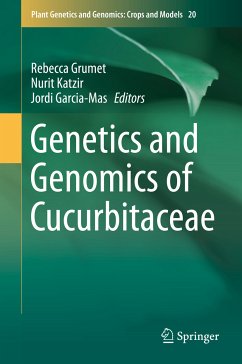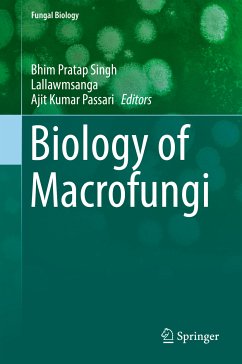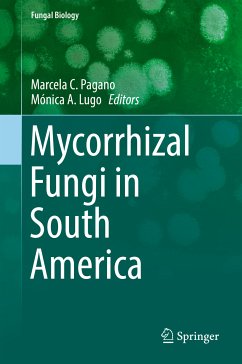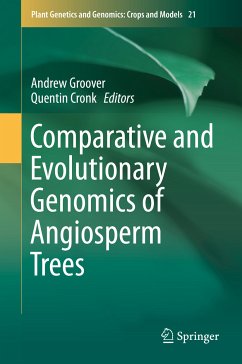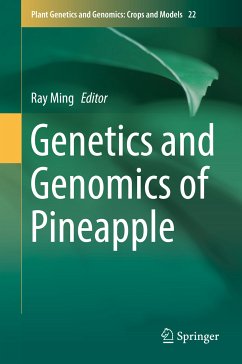
The Conifers: Genomes, Variation and Evolution (eBook, PDF)
Versandkostenfrei!
Sofort per Download lieferbar
216,95 €
inkl. MwSt.
Weitere Ausgaben:

PAYBACK Punkte
108 °P sammeln!
This book is the first comprehensive volume on conifers detailing their genomes, variations, and evolution. The book begins with general information about conifers such as taxonomy, geography, reproduction, life history, and social and economic importance. Then topics discussed include the full genome sequence, complex traits, phenotypic and genetic variations, landscape genomics, and forest health and conservation. This book also synthesizes the research included to provide a bigger picture and suggest an evolutionary trajectory.As a large plant family, conifers are an important part of econo...
This book is the first comprehensive volume on conifers detailing their genomes, variations, and evolution. The book begins with general information about conifers such as taxonomy, geography, reproduction, life history, and social and economic importance. Then topics discussed include the full genome sequence, complex traits, phenotypic and genetic variations, landscape genomics, and forest health and conservation. This book also synthesizes the research included to provide a bigger picture and suggest an evolutionary trajectory.
As a large plant family, conifers are an important part of economic botany. The group includes the pines, spruces, firs, larches, yews, junipers, cedars, cypresses, and sequoias. Of the phylum Coniferophyta, conifers typically bear cones and evergreen leaves. Recently, there has been much data available in conifer genomics with the publication of several crop and non-crop genome sequences. In addition to their economic importance,conifers are an important habitat for humans and animals, especially in developing parts of the world. The application of genomics for improving the productivity of conifer crops holds great promise to help provide resources for the most needy in the world.
As a large plant family, conifers are an important part of economic botany. The group includes the pines, spruces, firs, larches, yews, junipers, cedars, cypresses, and sequoias. Of the phylum Coniferophyta, conifers typically bear cones and evergreen leaves. Recently, there has been much data available in conifer genomics with the publication of several crop and non-crop genome sequences. In addition to their economic importance,conifers are an important habitat for humans and animals, especially in developing parts of the world. The application of genomics for improving the productivity of conifer crops holds great promise to help provide resources for the most needy in the world.
Dieser Download kann aus rechtlichen Gründen nur mit Rechnungsadresse in A, B, BG, CY, CZ, D, DK, EW, E, FIN, F, GR, HR, H, IRL, I, LT, L, LR, M, NL, PL, P, R, S, SLO, SK ausgeliefert werden.
Alle Preise in Euro und inkl. der gesetzl. MwSt. | Innerhalb Deutschlands liefern wir preisgebundene Bücher versandkostenfrei. Weitere Informationen: bitte hier klicken
Support
Bitte wähle dein Anliegen aus:
Rechnungen
Bestellstatus
Retourenschein
Storno




